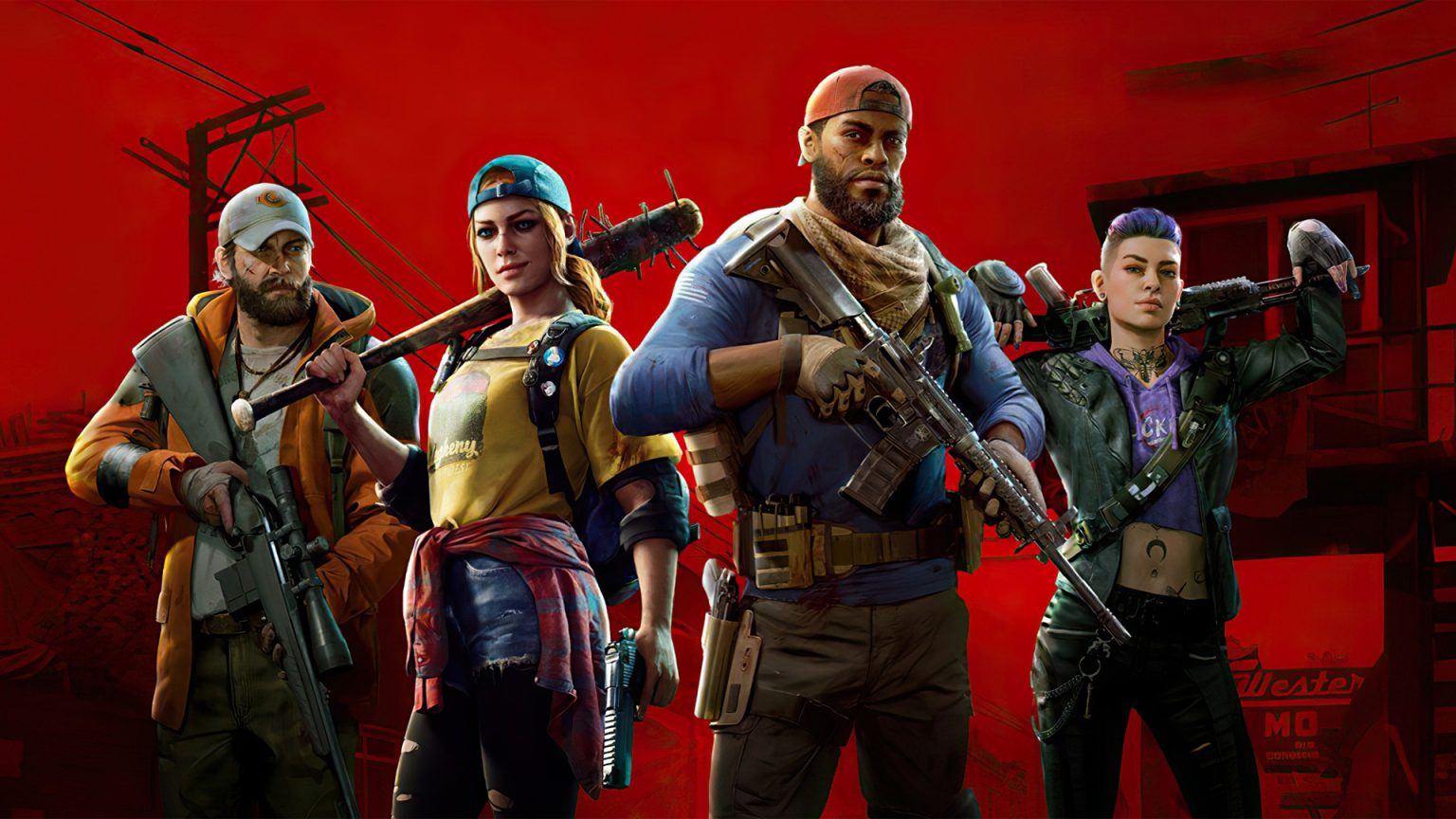“Talent borrows, genius steals” is a quote most often attributed to famous wit Oscar Wilde, although he’s had so many quotes attributed to him that it’s hard to know which ones he actually said. His point was that if you’re smart, you’ll incorporate ideas from other sources into your work, but if you’re really clever, then you’ll just steal them wholesale and pass them off as your own. It’s a typically self-deprecating quote (assuming Wilde did actually say it), but it tells us a lot about games like Back 4 Blood as well.

![]()
So, into which of these two categories does developer Turtle Rock fall? On the one hand, they’re undeniably talented; the studio is composed of members who worked on the original Left 4 Dead games for Valve. On the other hand, it’s hard to see first-person multiplayer zombie (sorry, “Ridden”) shooter Back 4 Blood as anything other than a complete lift of that venerated undead-slaying franchise. It’s even got the 4 in the title, for goodness’ sake. What are we to make of such a blatant attempt to return to the glory days of Source-based team-building exercises?
The first thing to note here is the name change, because it does denote more than just a simple rebrand. Left 4 Dead is, of course, the franchise on which Back 4 Blood is based, but you’ll note a difference in tone between the two identities. Left 4 Dead implies survivors scrappily duking it out with zombies in a last-gasp attempt to carve out an existence for themselves, while Back 4 Blood implies that these new survivors are perfectly safe, they’ve just come back to indulge in a little more violence of their own accord. That difference turns out to be pretty prophetic for the overall tone of the new game.
Let’s get one thing out of the way: Back 4 Blood is, in most respects, Left 4 Dead. It’s a level-based multiplayer co-op zombie shooter in which you’ll battle your way through hordes of zombies and the occasional special zombie (we say “occasional” – we’ll get into that later) in an attempt to reach a safe room. When you reach the safe room, you’ll be able to tool up with health items, weapons, and ammo in preparation for your next campaign. It’s pretty transparently an attempt to revisit the glory days of Left 4 Dead, and Turtle Rock isn’t hiding that.
Of course, since Valve doesn’t appear to be interested in making new Left 4 Dead content, that’s not necessarily an unwelcome thing. Back 4 Blood does a pretty solid job of recapturing the tense, chaotic gameplay of Left 4 Dead, right down to survivors calling out items, hordes spawning in response to mistakes made in the environment (disturbing a flock of birds, for example), and specials appearing just when you least want them to. Playing Back 4 Blood alongside a few friends comes very, very close to summoning the halcyon days of Valve’s shooter.
You’ll note that we said “very close”, and that’s because Back 4 Blood is not quite a perfect recreation of Left 4 Dead’s formula. For one thing, it separates its survivors into different classes, giving them unique abilities they can use. In principle, this is good; it helps to differentiate them a little and makes each game more interesting due to the different mixtures of abilities and traits. In practice, however, players will often gravitate towards certain survivors, which means that you may end up with lopsided teams that can’t quite navigate the brutal hordes of Back 4 Blood effectively enough.
That leads us nicely into Back 4 Blood’s difficulty problem. Where the Left 4 Dead AI Director was a savvy beast who knew exactly when to press on the accelerator and when to apply the brakes, Back 4 Blood’s corresponding AI is relentless. It will just spawn endless special zombies one after another, with no care whatsoever for what situation you’re in or whether this is an appropriate moment to do so. It feels like B4B is trying to replicate the chaos and tension of Left 4 Dead without understanding that releasing the gas is just as important as stepping on it.
It is an unfortunate reality of modern gaming that everything needs to have live-service elements or microtransactions, and Back 4 Blood continues that sad trend. There are plenty of cosmetics and other extras to unlock for your survivors, but none of them feel substantial enough to warrant real rewards. You can also approach each campaign in the game with a new card loadout, changing your skills or stats slightly, and frankly, this is too insulting to warrant more than a mention. Left 4 Dead managed to get by on sheer gameplay appeal alone, and it’s telling that Back 4 Blood doesn’t have the confidence to do that.
If we sound down on Back 4 Blood, it’s because we wanted it to be so much more than it is. If all you want is a serviceable, occasionally great foray back into the world of Left 4 Dead, you’ll find it here, provided you can overlook the occasionally predatory microtransactions. If, however, you want something more evolutionary – something that changes up the formula or makes it more interesting for modern audiences – then Back 4 Blood very much isn’t that. It’s a by-the-numbers retread, and while that definitely has its place, we wanted more from this one.

